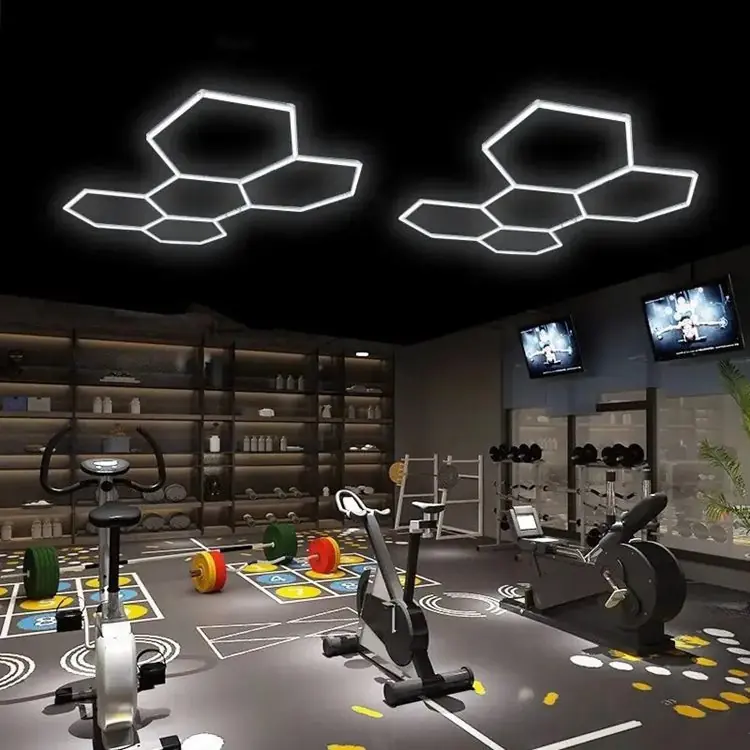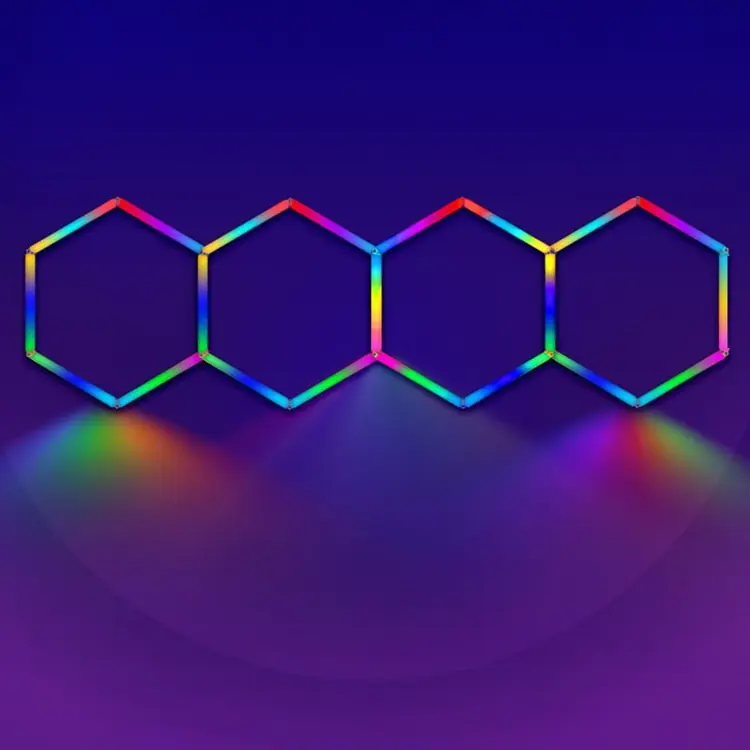-
Add: Maohui Industrial Zone,Henglan town,Zhongshan City,Guangdong,China
-
Tel: +86 158 8963 0817
-
Email: info@hexlightoem.com
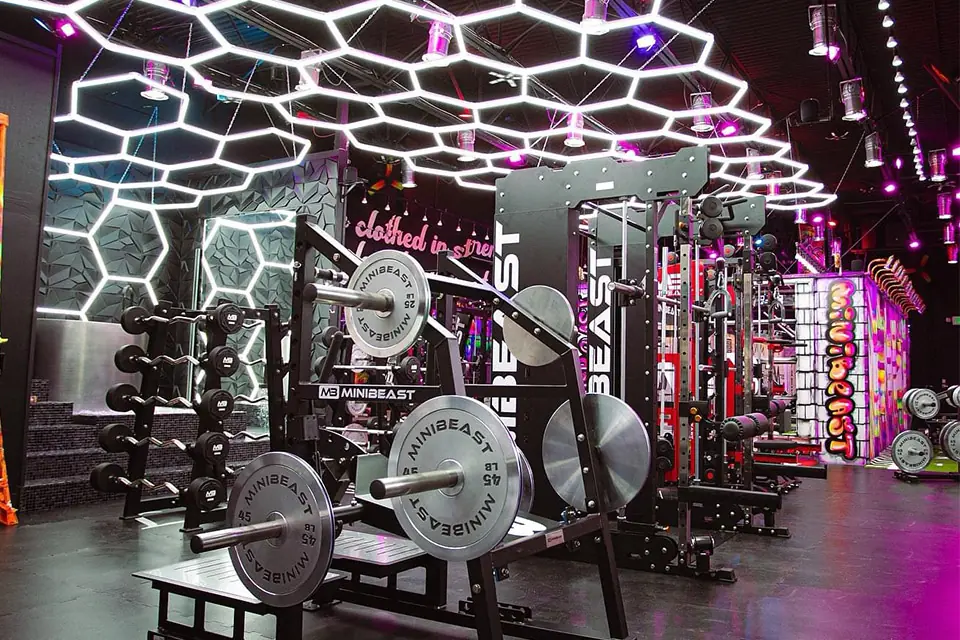
LED Gym Lighting Design & Cost: A Comprehensive Guide
Table of Contents
Summary
LED gym lighting is quickly becoming the go-to solution for fitness facilities due to its high energy efficiency, low maintenance costs, and superior lighting quality compared to traditional systems. This guide will explore how to select the best LED lighting for gyms, covering design considerations, cost factors, and why LED lights outperform older technologies like metal halide and fluorescent fixtures.
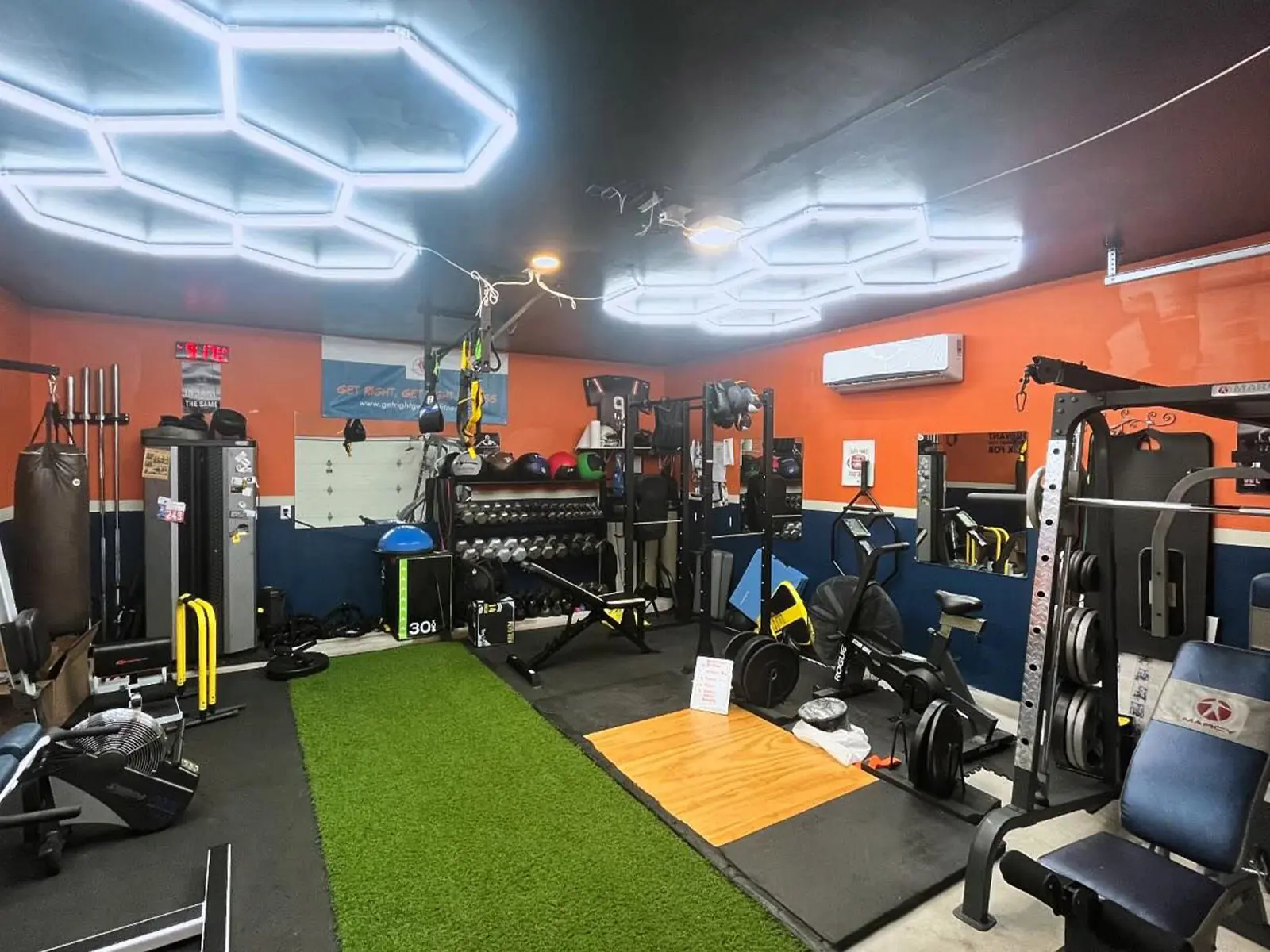
The Shift to LED in Gym Lighting
The adoption of LED lighting for gymnasiums and fitness centers has been driven by its clear advantages: energy savings, reduced maintenance, and enhanced lighting quality. Whether upgrading an existing system or installing a new one, LED lights are designed to meet the diverse needs of modern gym spaces, from multi-use arenas to specialized fitness studios.
Key Advantages of LED Gym Lighting Systems
| Feature | Description | Benefit to Gym Environment |
|---|---|---|
| Energy Efficiency | LED lights consume less power than traditional gym lighting | Reduces energy costs and contributes to sustainability goals |
| Maintenance-Free | No need for frequent replacements or repairs | Lowers operational costs |
| Superior Light Quality | No flickering, dark spots, or warm-up time | Provides consistent illumination for athletes and spectators |
| Longevity | LEDs last longer compared to metal halide or fluorescent systems | Extends the life of the lighting system |
| Environmental Impact | LEDs are free of toxic chemicals | A more eco-friendly choice |
Designing LED Gym Lighting Systems
Effective gym lighting is crucial for both performance and safety. LED systems are highly adaptable and can be tailored to specific needs, whether for competitive sports, fitness classes, or casual workouts. When planning an LED system, it’s essential to consider factors like ceiling height, space usage, and required light levels.
Key Design Considerations
- Ceiling Height and Fixture Type
High-bay LED fixtures are ideal for gyms with ceilings 25 feet or higher, while low-bay or strip lights work better in fitness centers with lower ceilings. - Adjustability and Controls
LED lights can be equipped with dimmers, occupancy sensors, and even programmable schedules to ensure optimal lighting based on activity and time of day. Explore Hexgrid Lighting for customizable gym solutions(hexlight). - Light Quality and Glare Control
Anti-glare coatings, diffusers, and reflectors ensure that lighting remains comfortable for users while maintaining high visibility for sports activities.
LED Gym Lighting Fixture Options
Different types of LED fixtures are suitable for various gym applications. High-bay lights are commonly used for open courts, while low-bay and strip lights are ideal for smaller fitness studios or weight rooms. The table below outlines the recommended fixture types for gym setups.
LED Fixture Recommendations by Gym Area
| Area | Recommended LED Fixture Type | Wattage Range | Light Output (Lumens) |
|---|---|---|---|
| Basketball Courts | High-bay fixtures for uniform illumination | 200W-600W | Up to 56,000 lumens |
| Weight Rooms | Low-bay or LED strips for focused, efficient lighting | 100W-400W | Up to 26,000 lumens |
| Yoga Studios | Soft ambient lighting through linear or panel LEDs | 50W-200W | 3,000-5,000 lumens |
For detailed solutions, check out Hexagon LED Lights, which are popular in gyms due to their modern design and high functionality.
Cost of Installing LED Gym Lighting
The cost of installing LED gym lighting varies depending on the size of the facility, fixture quality, and installation complexity. On average, gym lighting systems can range from $19,000 to $252,000. Although LED lighting has a higher upfront cost compared to traditional systems, the long-term energy savings and reduced maintenance make it a cost-effective choice.
Factors Influencing LED Lighting Costs
- Facility Size
Larger gyms with expansive courts or multiple fitness rooms will require more fixtures, increasing the overall cost. - Fixture Quality
Higher-quality fixtures may have a larger initial price tag, but they offer better performance and longer lifespans, reducing replacement costs over time. - Energy Savings
LED systems typically reduce energy consumption by up to 75%, making them an excellent investment for long-term savings. You can explore customizable LED Gym Lighting Solutions for energy efficiency.
LED vs. Traditional Gym Lighting
LED lighting has overtaken traditional gym lighting technologies, such as metal halide and fluorescent lights, due to its superior performance in several areas.
- Energy Consumption: LEDs use significantly less power, offering a higher lumen-per-watt ratio compared to traditional systems.
- Maintenance: Traditional lights require frequent bulb replacements and servicing, while LEDs are designed for minimal maintenance.
- Light Quality: Unlike metal halide systems, which take time to warm up and are prone to flickering, LEDs provide instant, consistent illumination.
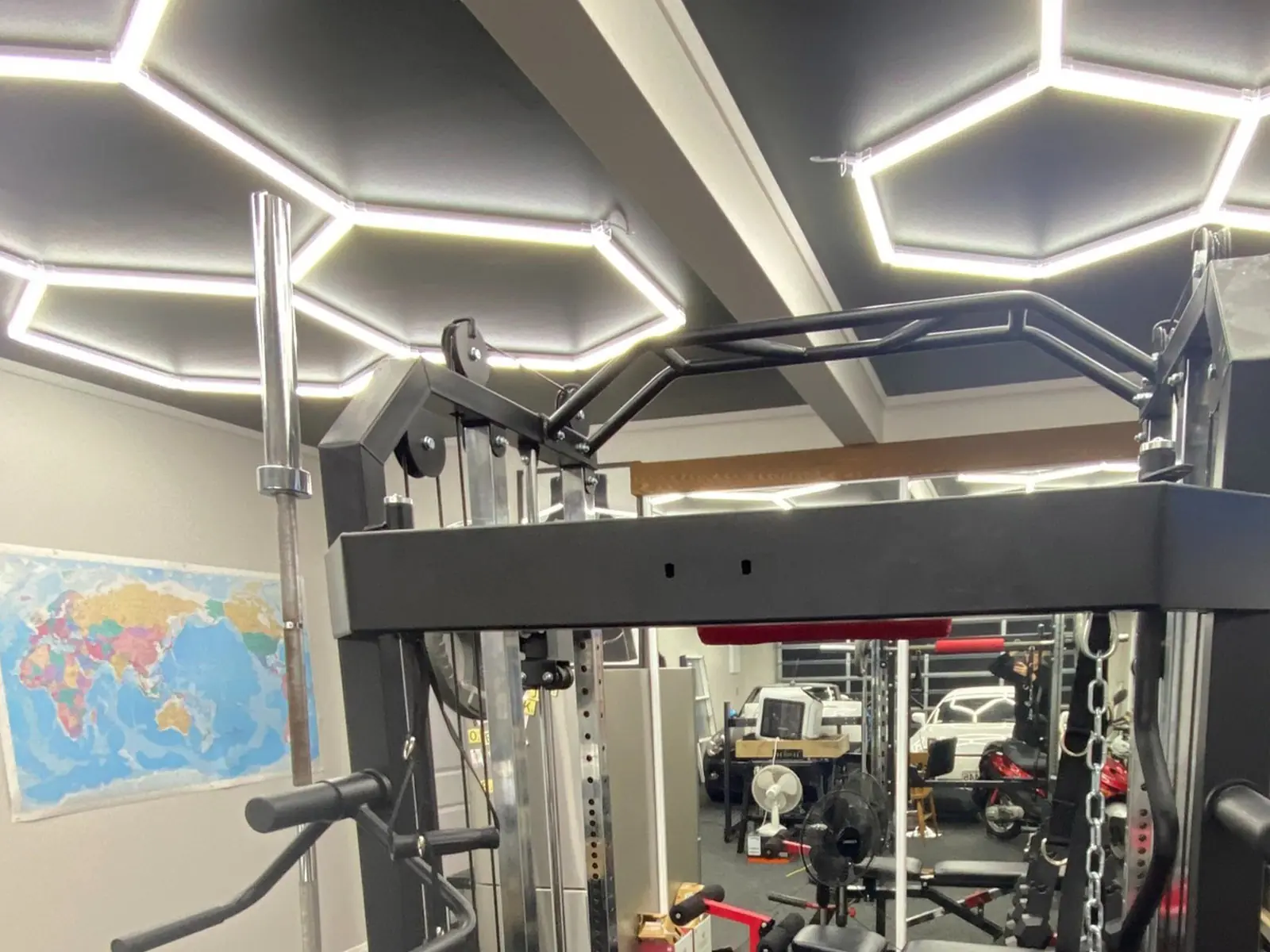
Conclusion
LED gym lighting is an investment that pays off through lower operational costs, improved lighting quality, and enhanced user experience. Whether designing a system for a basketball court, weight room, or fitness studio, choosing LED fixtures ensures energy efficiency, reduced maintenance, and optimal performance.
For more innovative lighting designs and solutions, explore hex LED lighting tailored to fitness centers.

